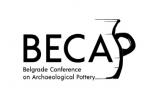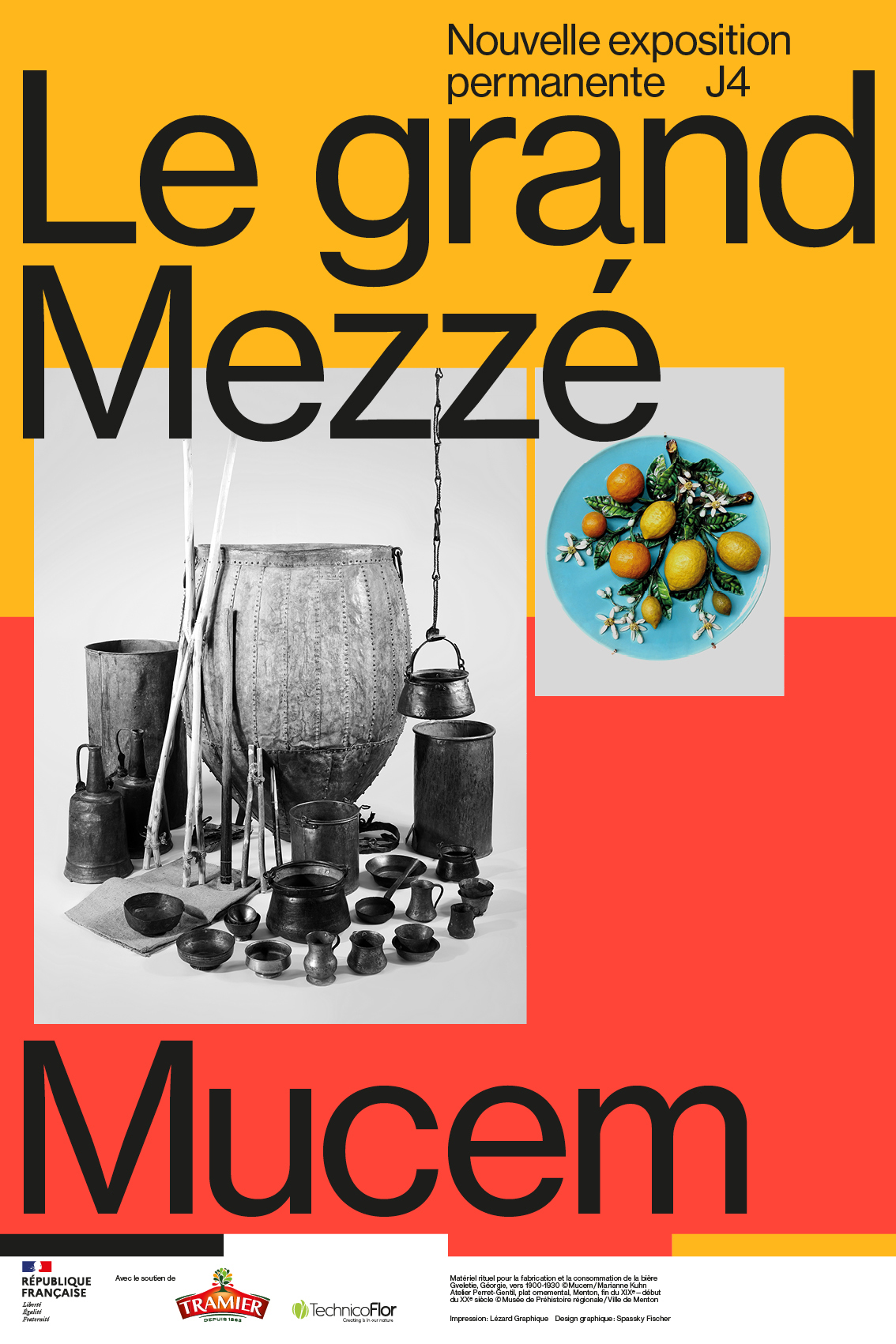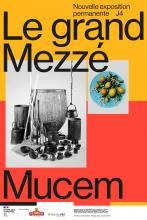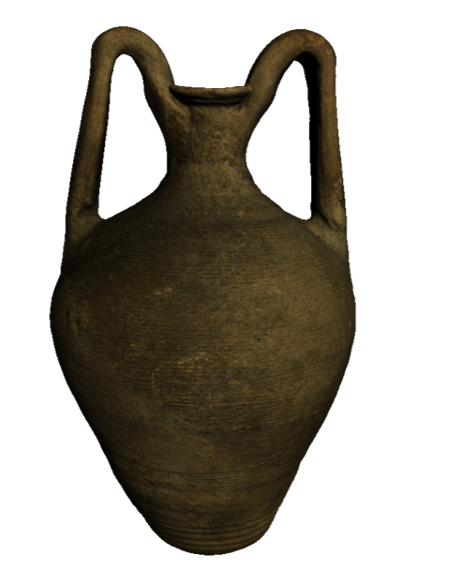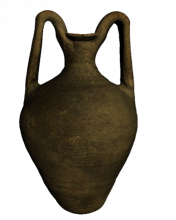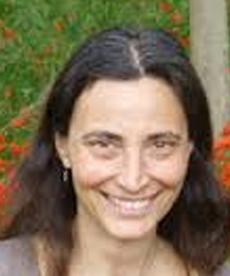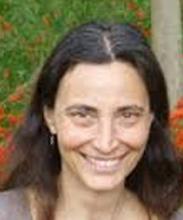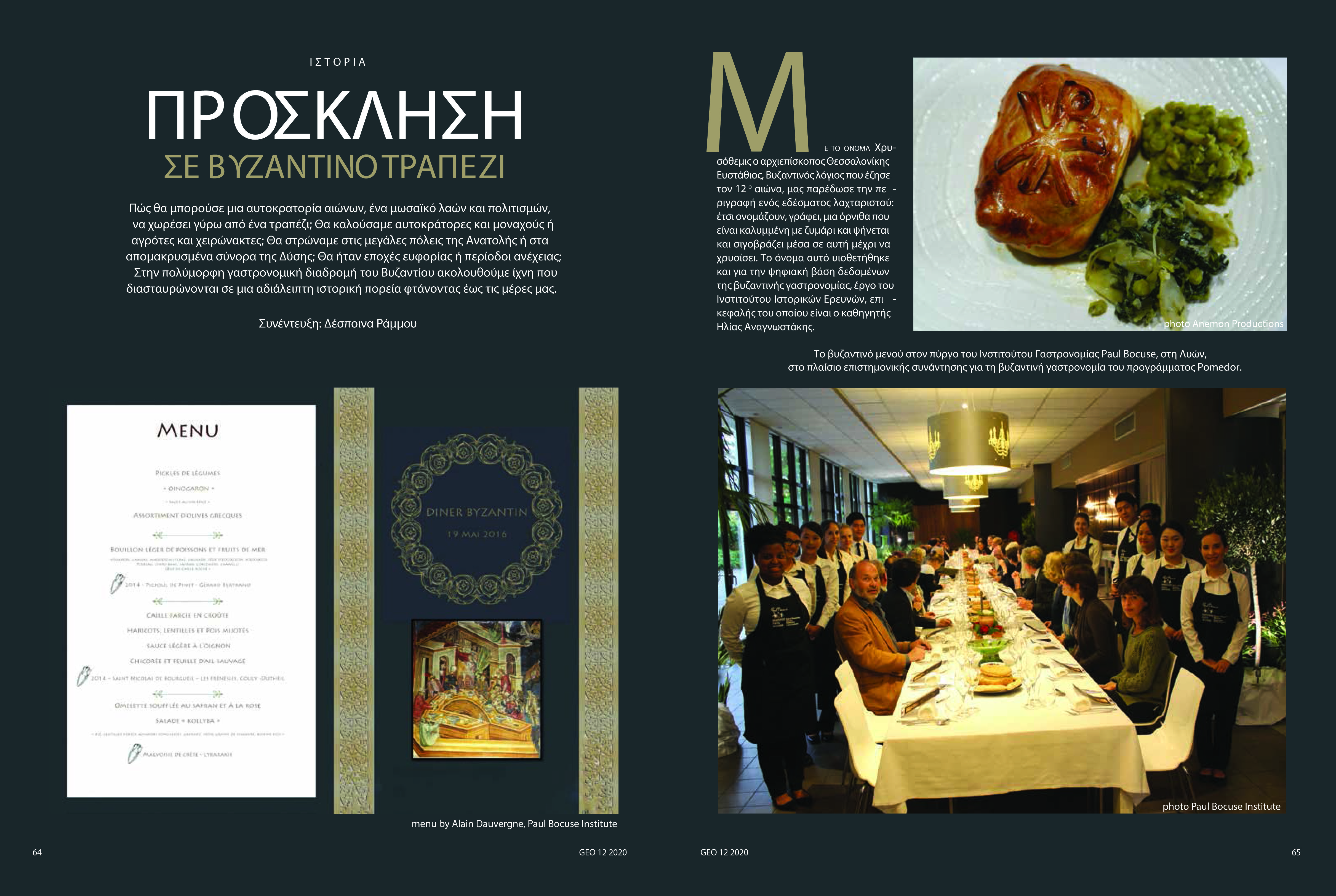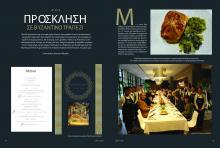The Culinary Recipe from the XIIth to the XVIIth centuries (Europe, Islam, Far East) - online
The online symposium “The Culinary Recipe from the XIIth to the XVIIth centuries (Europe, Islam, Far East)” will be held from 17th to 29th May 2021. This is both the conclusive conference of the international research program CoReMA (Cookery Recipes of the Middle Ages: Corpus, analysis, visualisation) and the first act of the Micrologus Conference supported by UAI and POLEN laboratory “Between workshop and court: The recipe from the XIIth to the XVIIth centuries (Europe, Islam, Far East)”. The second act of the Micrologus conference will be held in 2022.



